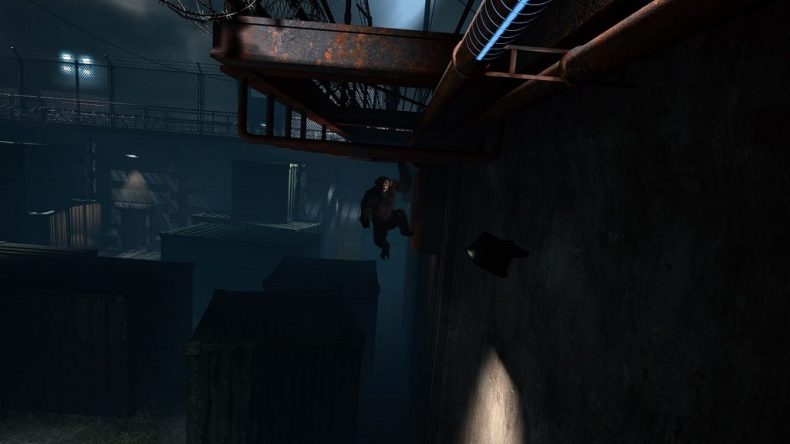With the recent release of Crisis of the Planet of the Apes VR, we got the chance to ask Scott Stephan, the Senior VR Project Manager at FoxNet some questions about it. If you’ve read the review, you’ll know the game is an impressive step forward for VR movement, and with the APes franchise being one of the best in recent years, it was interesting to learn more about Fox’s venture into the virtual reality world of Caesar and friends.
The movement is really impressive in COTPOTA. How much of a challenge was it to get it right, especially the climbing and swinging elements?
This was easily the most challenging part of development and we were tweaking it almost up until the end. We really started with this idea of making the player really feel like an ape, like this strong, agile creature. But that’s easier said than done because movement in VR is a really tricky thing; You have to balance immersion with comfort. So, when it comes to walking we spent a lot of energy on making sure that the amount you move your arm really is the amount you move- It’s not “slippery”, it’s realistic. And by tying the movement to an actual physical motion, we’re also helping to trick your brain, to teach it that when you do this, that will happen.
Ironically, climbing was almost easier to get right. In part that’s because most of us can’t climb with that super-human ape strength. I’m actually a climber and I go to the bouldering gym a couple times a week and there’s no way I’d climb with that level of grace and fluidity. It’s a great VR mechanic – you feel like you have a superpower- but it’s also harder for someone to point to and go “Wait, that’s not right…”
I think one place where we got a lot out of playtesting was in how we make you climb. You’ll notice a lot of this arms outstretched, “ape bar”-style climbing. That was really driven from players telling us how that style of climbing lead them to feel more like an ape. It lead to some pretty big layout changes in the warehouse. So, sometimes it’s not only about creating a great mechanic, but making sure that your game highlights it.
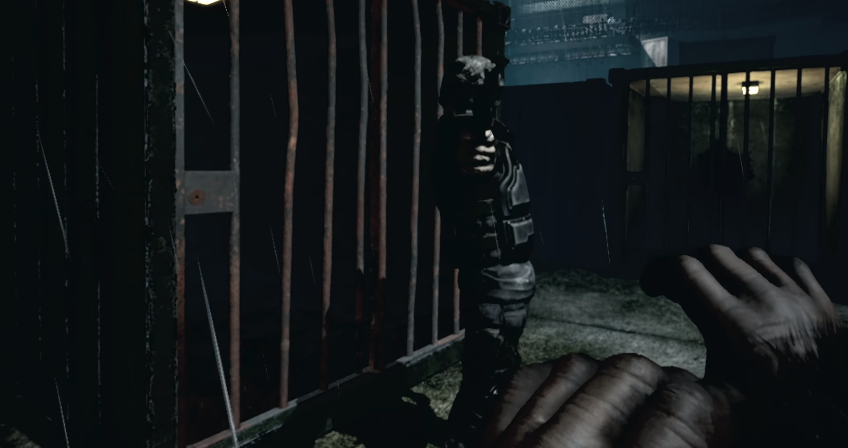
Where did the idea for the story come from, setting it between Rise and Dawn?
There’s this 10 year gap between Rise and Dawn where a story really hasn’t been told. By the time we get to Dawn society has already collapsed and it’s very much a post-apocalyptic world (although the apes are doing quite well and I think the contrast there is one of the things that makes the franchise so unique!). Setting it between those two movie allowed us to explore a new part of the franchise, but also gave us a chance to explore a new kind of setting- This pre-apocalyptic world, one that’s on the verge of collapse but isn’t quite there yet. There are still cars and electricity and humans are still in power, but the writing is on the wall. That’s a really powerful place to explore- I hope we get to dig into it more!
How much freedom did you have with the franchise to make this story fit in where it does?
I think a lot of people see that FoxNext is making a game and they think, “Oh. A movie studio. They’re gonna take all the fun out of it”. Really, the opposite is true. We worked really closely with Steve Tzirlin who’s VP Creative Content & Franchise Management here and he helped us find the right place for the story and get sign off on all the creative. In that regard, the studio was incredibly supportive and I think they were as excited as we are about broadening the POTA franchise.
Something that’s really unique about FoxNext VR Studio is that our games aren’t “movie tie-ins”. They’re all stand-alone stories that take place inside of these creative worlds. So while we generally have some guidelines (i.e., no apes with jetpacks), we also have a lot of freedom to explore the canon.
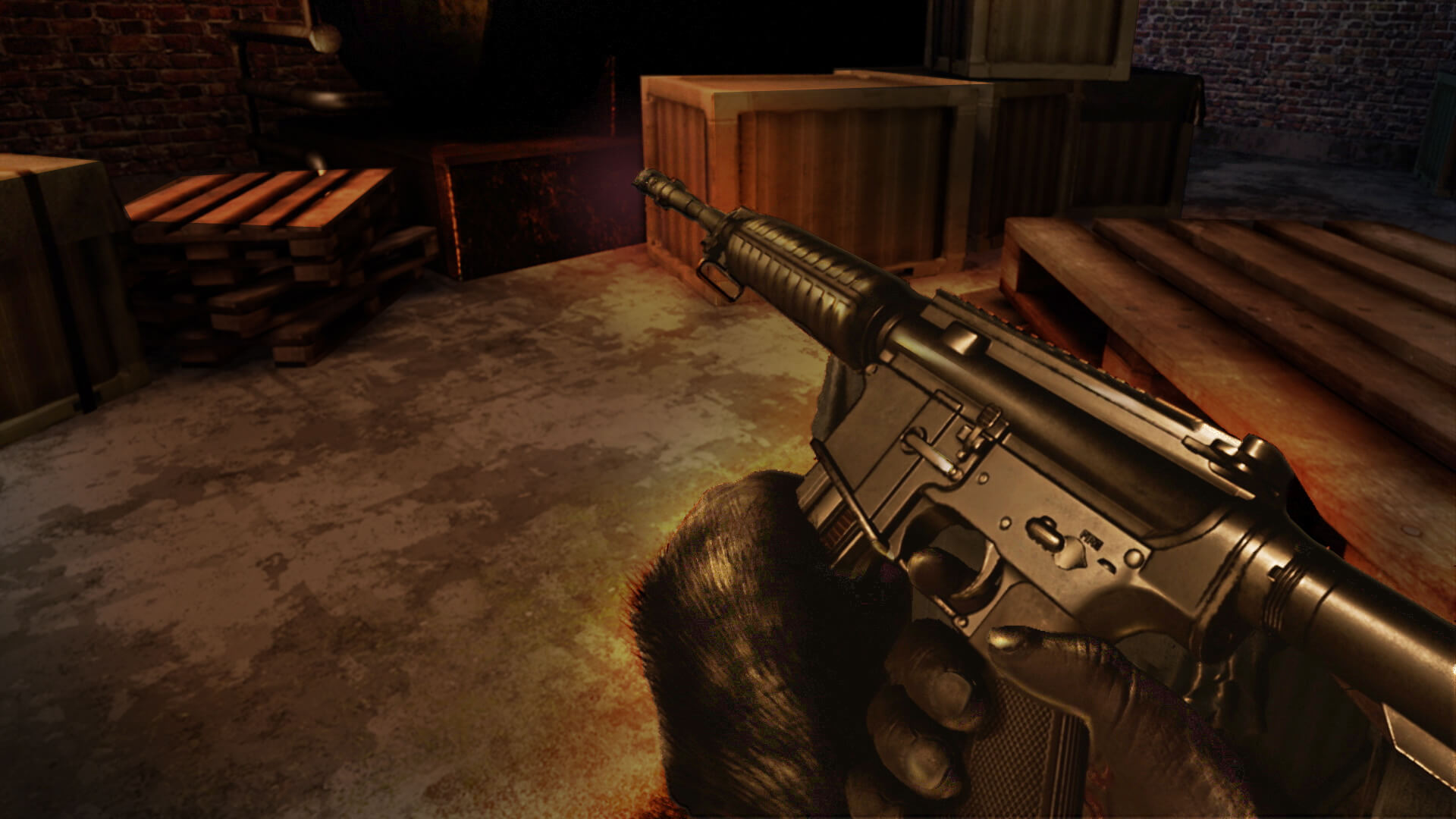
What are the features you’re most proud of?
The game designer Sid Meier has this famous saying: “Who’s having fun here?”. And what he means is that it is very easy for a game designer to create a system or a mechanic that’s super fun for them and yet not fun at all for a player- It’s too complicated or it’s serving some lofty goal the player can’t see. And we talk about that a lot in VR because there’s always this question of Immersion vs. Friction. We want the game to be immersive and realistic, but at the same time real life is, well, kind of hard and boring. If we killed you with one shot or made you stop and eat in the middle of the game you’d be like “Dude. Refund, please”. A great example of this was that our reload system originally required you to orient the clip correctly and really push it into the gun as if you were reloading the weapon in a real way. And some of our first playtests were just filled with people who, duh, don’t really know how a gun loads. They’d sit there and fumble and get frustrated. So, it was realistic, but not fun. Thankfully, that was an easy fix- If you put the clip basically anywhere near the bright light on the gun, it’s gonna reload.
So to go back to the question, the cover system is the feature that strikes that perfect balance between realistic and fun – you really intuitively understand what it’s for. You can crouch and hide and seek all kinds of advantages that your human-sized opponents can’t. It’s very ape-y.
And while it’s not a feature, I’m also immensely proud of the motion capture work in the game. We had some of the actors who play apes in the films actually do mocap for us. In my head I was thinking “Yeah, yeah, I can act like an ape…”, but the degree to which those performers truly change and become those characters is astonishing. And it really shows in the characters of Bone and Spear who have a truly genuine, animal quality about them.
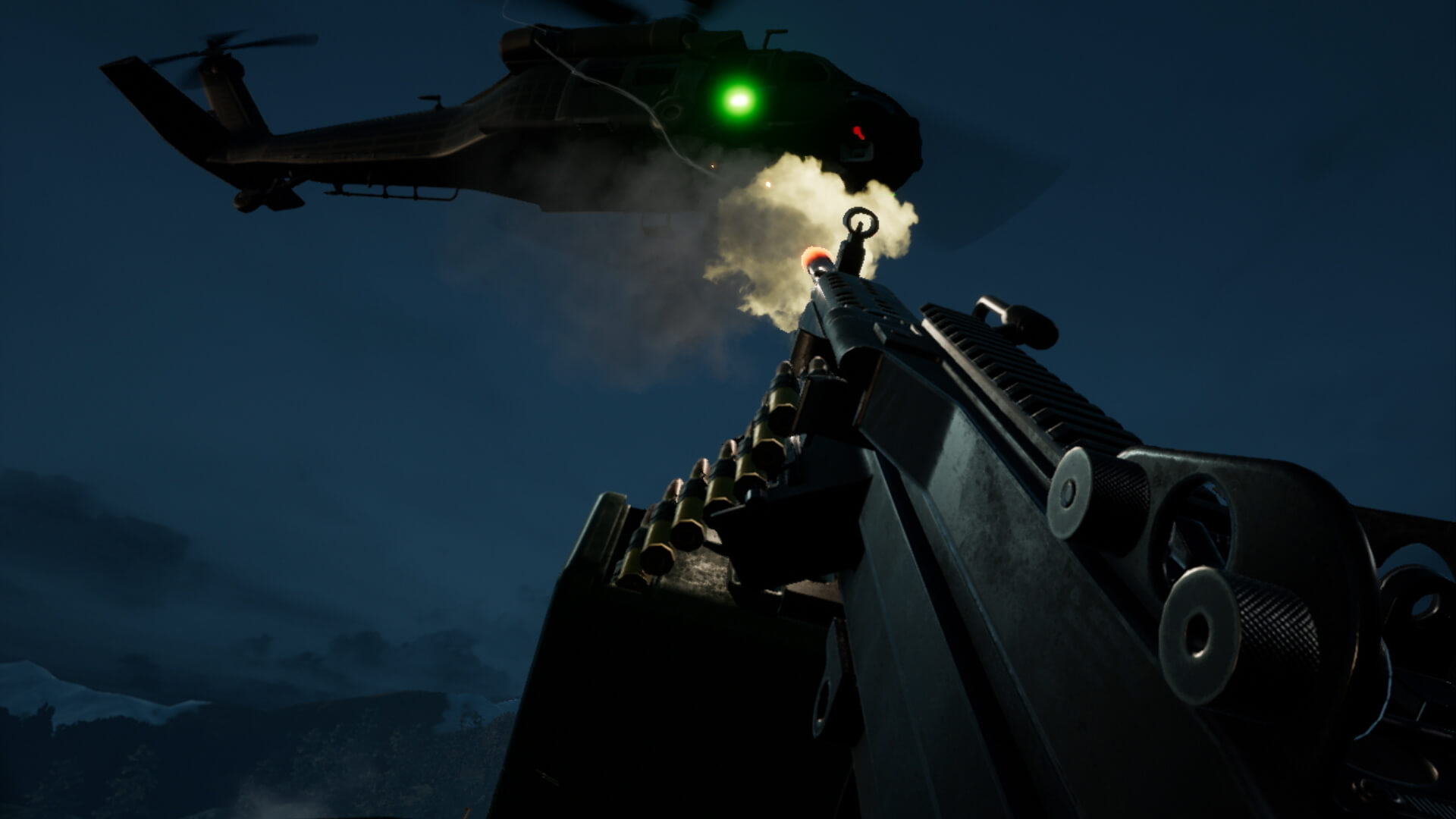
How long does it take to make a game like COTPOTA from coming up with the idea to the finished product?
The total development time was about 15 months. The first couple months were really focused on creating prototypes for things like movement and climbing to make sure that we could meet that goal of making players feel like an ape. At the same time we were also writing the script and concepting levels for the game so that we had a sense of how big and complicated of a game we were actually going to tackle.
Once we felt like we had the core of our experience it was really only about a year for the whole thing to come together. And here I have to give a huge thanks to our development partner, Imaginati Studios. As a team they’d never made a VR game before and for them to turn around something as unique and interesting as COTPOTA in that time frame is really, truly no small feat. Their willingness to share their incredible talents with us is what made the game so special.
Would you like to make more games based on the franchise, given how successful it’s become?
Absolutely. I think you see a lot of games where the first one in the series is really just scratching the surface of what could be done. Especially towards the end of production we had so many moments where it was like, “Oh, if you combined those two things…” or “A really incredible level would be…”. We don’t have any shortage of ideas.
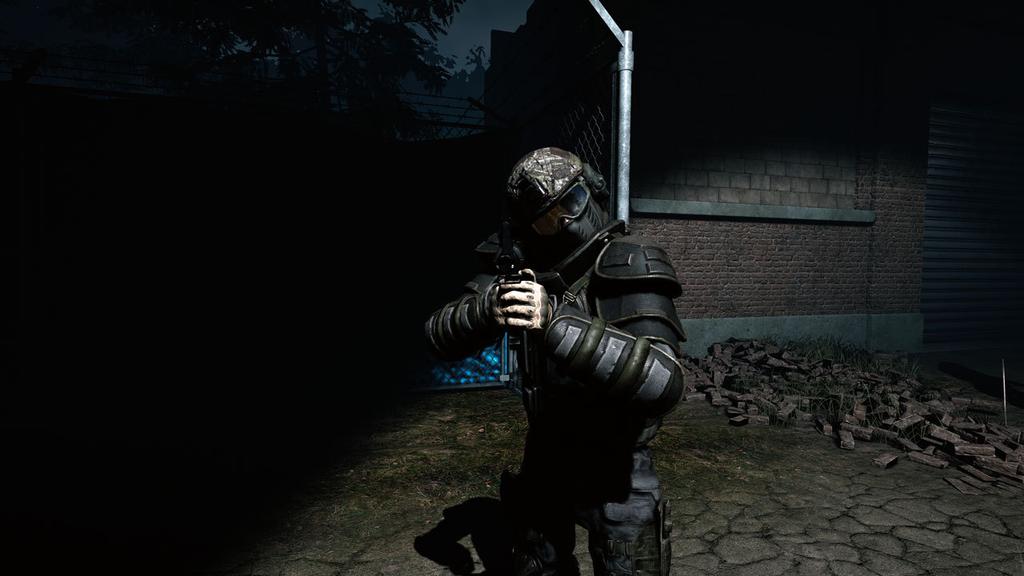
How important do you see virtual reality as a platform, as video games become more than just sitting in front of a TV with a controller?
At the heart of FoxNext VR studio is really this idea that you watch movies, you play games and you live VR. And that’s fundamentally a different experience for a person than a couch-and-controller setup. One of my favourite details in COTPOTA is that in the game you’re shorter than you would be in real life, just about the size of a real life ape. That means that all of these human captors tower over you. It’s really intimidating! And that’s a very VR-only kind of storytelling, to make you feel not only emotionally but physically small.
In that way we’ve really only begun to scratch the surface of how to tell stories in VR, but already we see so much potential. It really its own unique medium.
Was it always the plan to make a VR game based on Planet of the Apes?
We always look to answer the question “Why VR?” whenever we start a project. We’ve turned down things in the past because we couldn’t find the right answer to that question. For Planet of the Apes it felt like we had that answer from Day One. We had this really rich story world but, more importantly, we had the chance to make players feel like an ape. It just seemed like such a natural fit that we never looked back!


